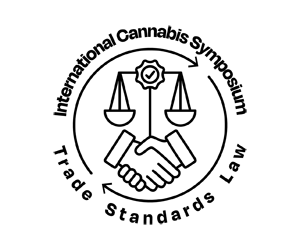Thanks To Lex Pelger for alerting us to this paper
- PMID: 39495008
- PMCID: PMC11533143
- DOI: 10.1093/heapro/daae136
Abstract
In 2013, Uruguay became the first country to regulate the legal production, distribution and sale of recreational cannabis. While key officials have framed Uruguay’s landmark legislation as part of the government’s strategy to regulate cannabis, tobacco and alcohol, there is limited empirical research exploring the political considerations that influenced its approach. Drawing on the concept of policy coherence-the process by which policymakers seek to minimize conflicts and maximize synergies across policy agendas-this study explores the extent to which Uruguay’s cannabis regulation was influenced by the promotion of policy coherence within health and across other policy spheres. Government documents, 43 semi-structured interviews and field observations were thematically analysed. The analysis shows that the pursuit of policy coherence across health issues was relatively limited, and where there is an element of regulatory coherence, there also appears to be minimal coordination. Efforts to promote substantive policy coherence were shaped by a desire to legitimate cannabis use without creating an upstream driver or structural force that would promote excessive consumption. The findings also reveal that the outcome of Uruguay’s cannabis regulation was more directly shaped by broader political considerations, including how to resolve tensions between public security and unhealthy commodity regulation goals. This study raises important questions around the extent to which Uruguay’s cannabis regulation was shaped by the explicit goal of policy coherence, suggesting rather that comparisons with tobacco and alcohol regulation were strategically used to justify the introduction of a legally regulated cannabis market.
Keywords: Uruguay; cannabis regulation; policy coherence; policy formulation; unhealthy commodity regulation.
© The Author(s) 2024. Published by Oxford University Press.
Conflict of interest statement
The author declares no relevant conflicts of interest.
Access full paper at


















